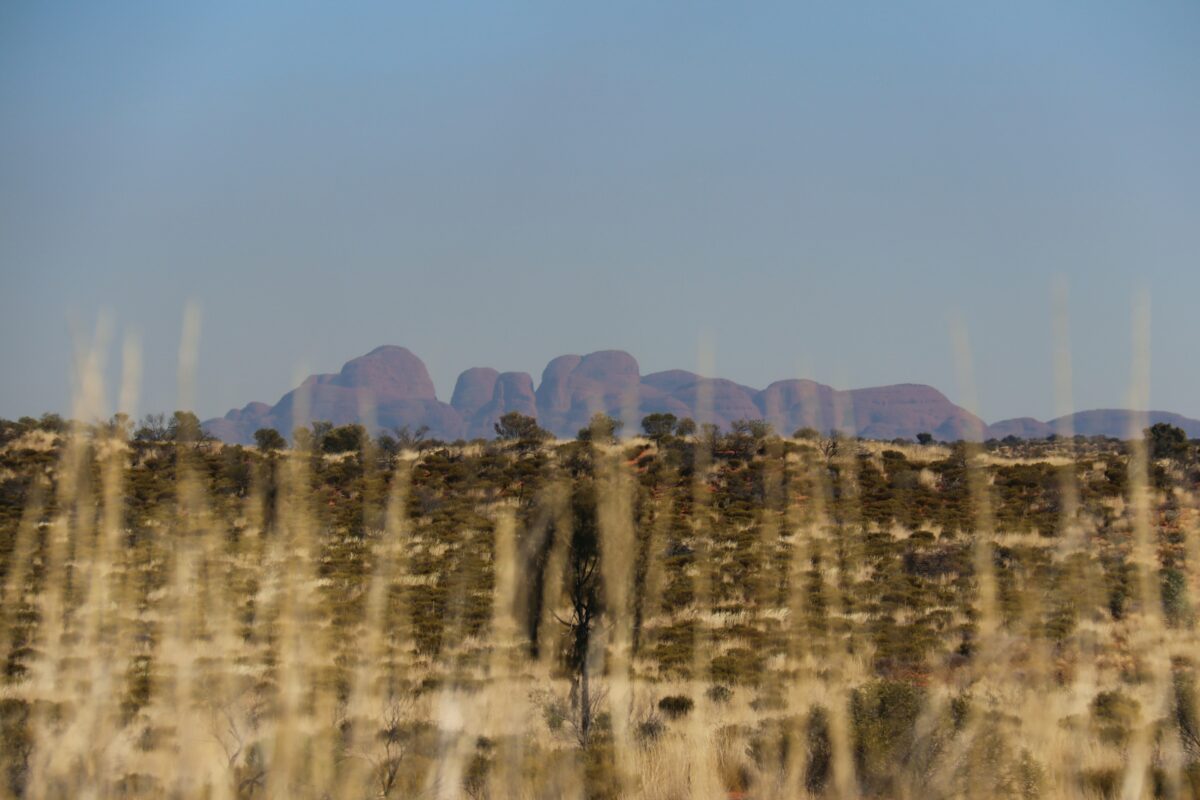CMI Media Statement
Wednesday 22 September: The Carbon Market Institute’s response to the report ‘Questionable integrity: Non-additionality in the Emissions Reduction Fund’s Avoided Deforestation method’ by the Australian Conservation Foundation (ACF) and The Australia Institute (TAI), published September 22, 2021.
CMI welcomes ongoing scrutiny of Australia’s emissions reduction activities that enhances the integrity, transparency and accountability of the abatement generated across our landscape. CMI notes the ACF/TAI report’s focus on one specific vegetation method, however we disagree with some of the specific assumptions and modelling that underpin the report.
CMI also notes, as outlined in the report, that the Emissions Reduction Assurance Committee (ERAC) has not finalised its recent review of the Avoided Deforestation Method. CMI looks forward to ERAC providing this advice to the Minister as soon as possible and welcomes these outcomes and any ministerial decisions to be made public to ensure integrity of the method is maintained.
From John Connor, CEO, Carbon Market Institute: “While investigations of integrity into Australia’s carbon market are welcome, we are disappointed by what appear to be critical errors in this report. This report was not tested with us or market participants. We share a frustration with the report’s authors at Australia’s lack of urgency in industrial decarbonisation efforts, but errors in this report undermine community confidence in nature-based climate solutions and the opportunities they can bring for jobs, investment and the environment in regional Australia.”
The report appears to confuse clearing rates and crediting periods. Avoided Deforestation projects are eligible to receive credits over 15 years, with clearing rates modelled across the 100-year permanence period required by the project, not a 15-year period as the report suggests. It also ignores the 100-year permanence obligations protecting forests and effective easements applied to properties subject to Emissions Reduction Fund contracts.
The report overlooks a range of conservative requirements or conditions applied to these projects including:
- the five per cent ‘risk of reversal buffer’, that ensures against any activities (such as land clearing) that might negate reductions made throughout the project’s 100-year permanence period.
- rules that restrict native forest protection projects to areas that can be broadscale cleared that have intact forest on them. Whilst there are thousands of clearing permits, most don’t allow broadscale clearing. For the few permits that do allow broadscale clearing, they often don’t cover significant forest areas of a size warranting protection.
- of those forest areas with permits that do qualify for clearing, only areas that would be cleared form part of the project. This excludes riparian zones, rocky ridges, high slopes and pastures etc. In the remaining areas, only permitted species and trees of a certain size can be cleared and included in accounts.
“Debate on this method needs to be placed in context of historical approaches to landclearing and the conversation about whether emissions avoidance or carbon sequestration or removal activities are prioritised in valuing carbon reduction. On the latter we need to be building a substantial negative emission industry based on removing carbon from the atmosphere but should avoid simplistic rejection of emissions avoidance activities, this could undermine rewards for changed Savanna burning activities for example. Australia still hasn’t got the mix of restrictions and incentives right when it comes to landclearing which is still happening at too large a scale but is down from historic excesses.”
“There is a suggestion that these properties weren’t going to be cleared, unfortunately every year more land is cleared and it’s a mug’s game to say what will happen over the next 100 years. We only need to look to the water market, where many thought water extraction rights weren’t being used but they turned zombie.”
“I can’t speak for each property, but after visiting project areas in NSW I have witnessed farmers who have protected parts of their property under this method and cleared other areas where the method couldn’t be applied.”
“The carbon industry remains committed to the ongoing improvement of Australia’s domestic offset schemes and working with industry and other stakeholders to ensure critical environmental integrity, transparency and accountability remains the foundation of our domestic offset scheme”.
“We should continue to place scrutiny on these methods, we look forward to the response of ERAC and will further discuss the issues raised with the report authors,” concluded Mr Connor.
The Carbon Market Institute is the independent industry association for business leading the transition to net zero emissions. Its members include primary producers, carbon project developers, Indigenous corporations, legal and advisory services, insurers, banks and emission intensive industries developing decarbonisation and offset strategies.
To interview CEO John Connor please contact Clare Price 0490 252 743 clare.price@carbonmarketinstitute.org.



